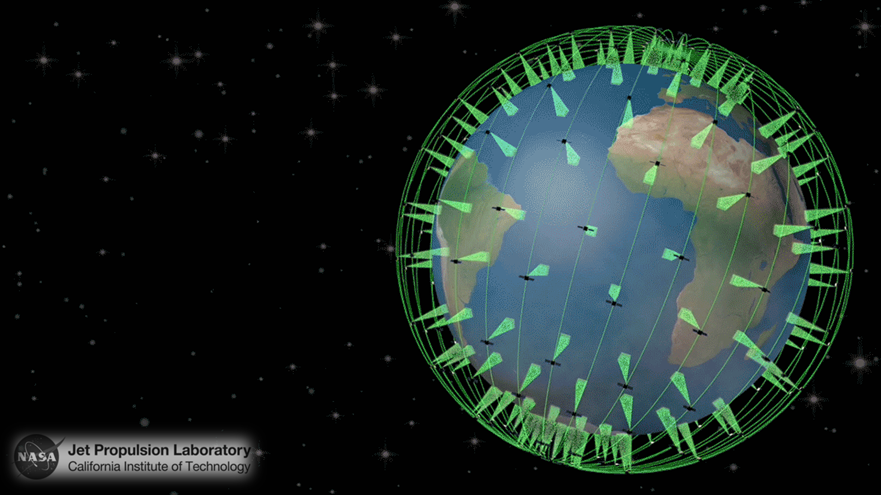NASA’s Jet Propulsion Laboratory (JPL) has been refining a concept first proposed in 2011 for a network of space-based sensors called FireSat that would revolutionize the monitoring coverage of wildfires globally.

According to the JPL, “FireSat would be a constellation of more than 200 thermal infrared imaging sensors on satellites designed to quickly locate wildfires around the globe. The FireSat sensors would be able to detect fires that are at least 35 to 50 feet (10 to 15 meters) wide, within an average of 15 minutes from the time they begin. Within three minutes of detecting a fire from orbit, FireSat would notify emergency responders in the area of the fire, improving support for time-critical response decisions.” Currently MODIS and VIIRS satellites (which both serve many other functions than fire detection) operated by NASA have fire detection capabilities but are limited to large image sizes and can only detect fires twice a day. FireSat sensors would complement these systems by enabling faster, nearly continuous communication with the ground by sending low-resolution images of detected fires every minute along with a latitude and longitude of the location.
For more on this and other stories from NASA’s JPL visit the JPLNEWS page.
![]()




One Comment